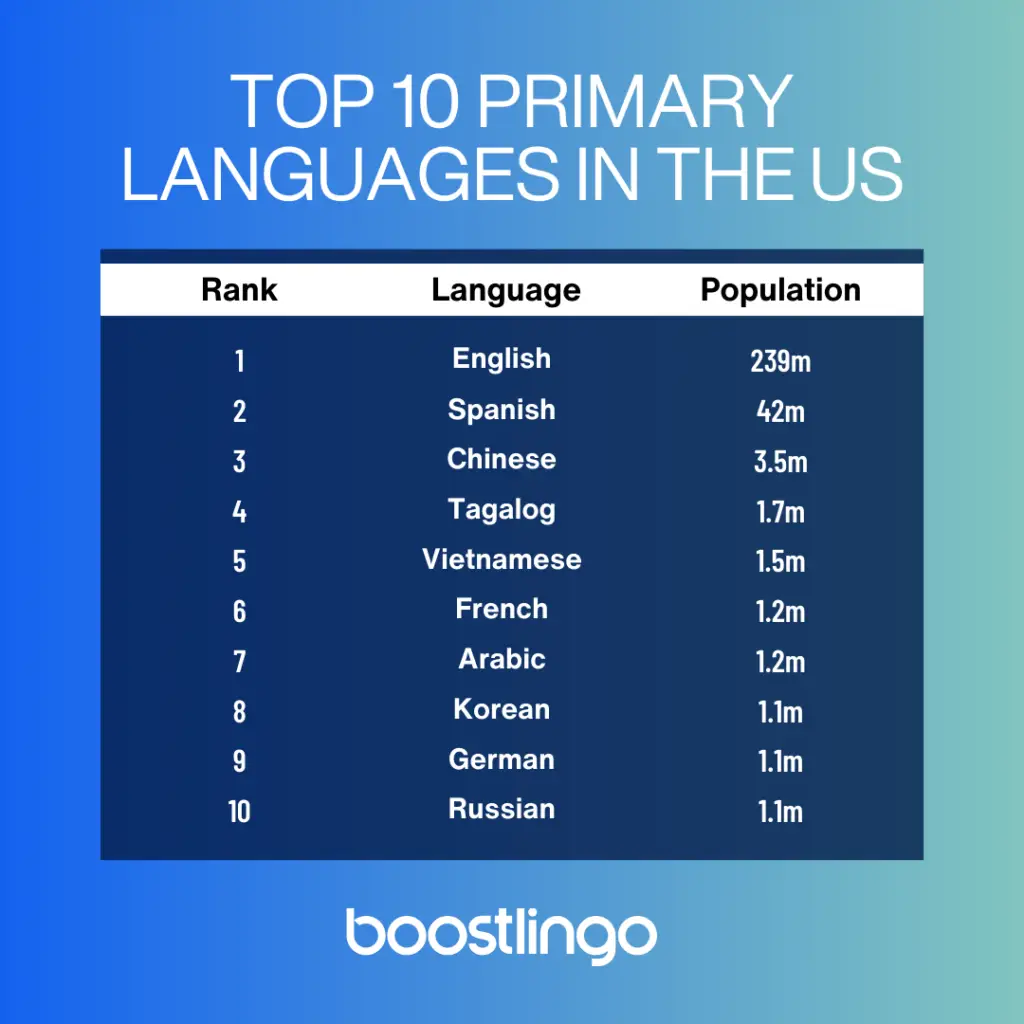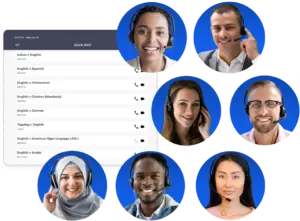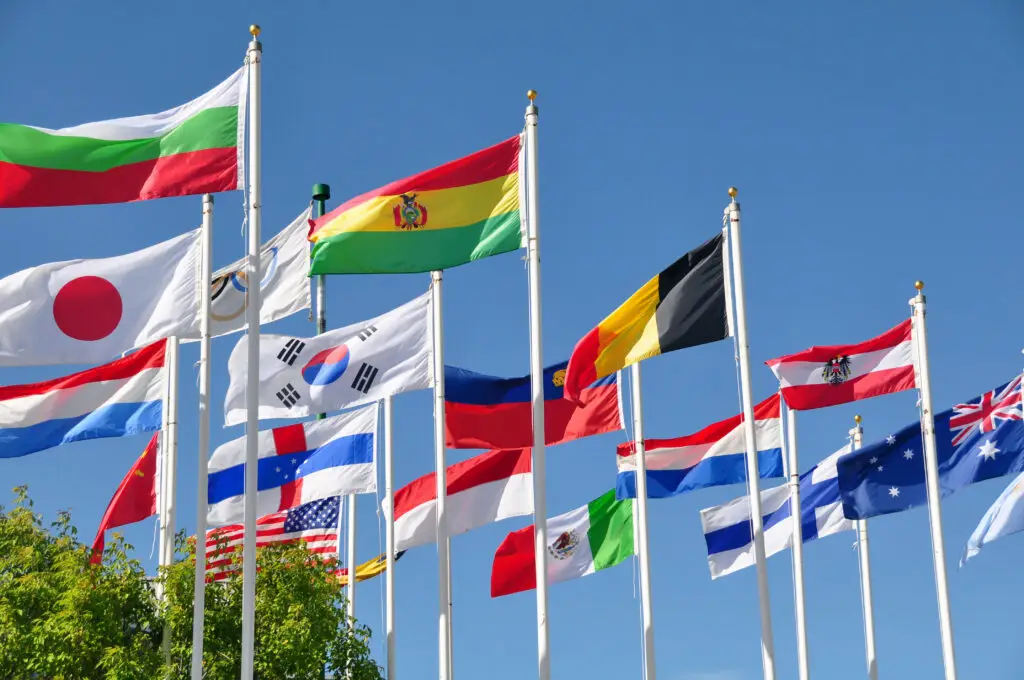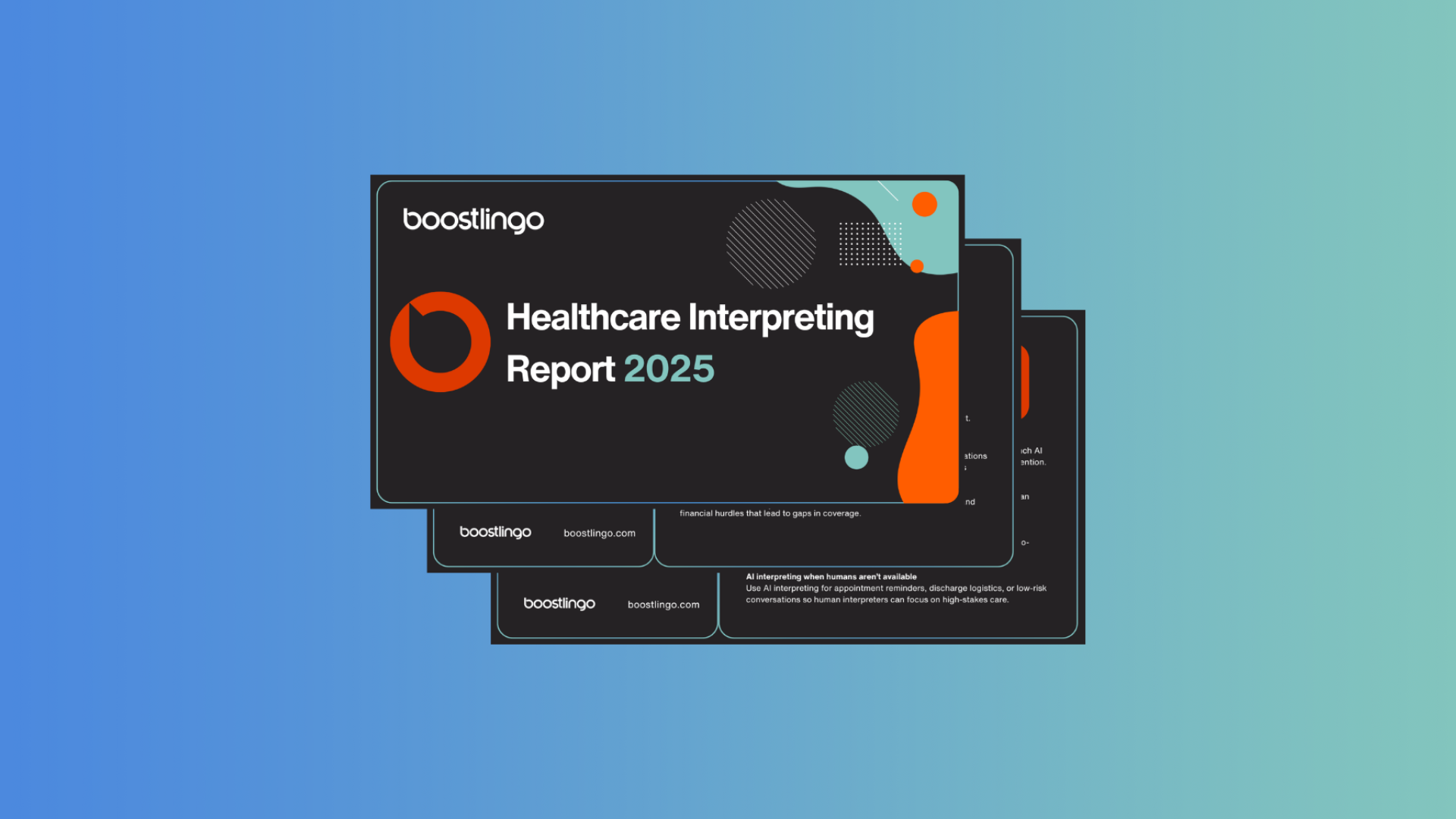The United States is renowned for its linguistic and cultural diversity—often described as a melting pot of American languages. According to data from the American Community Survey (ACS) of the U.S. Census Bureau, approximately 350 languages are spoken nationwide. This rich tapestry includes indigenous language groups, foreign languages, and the rapidly growing presence of non-English languages in family and nonfamily households across the country.
In this blog, we’ll examine the common languages in the U.S., highlight how language barriers affect different sectors (from healthcare to public services), and explore how language services—like interpreting and translation—support non-English speakers and limited English-speaking household members. We’ll also discuss official languages at the federal level and explore the status of native languages in diverse communities, including Hispanic populations, Filipino Americans, Indian Americans, and more.
The Significance of Language Diversity
A Nation of Many Mother Tongues
The ACS and other representative survey data reveal that over 20% of American households speak a language other than American English at home. This wide-ranging language diversity is partially due to waves of immigration throughout the 18th, 19th, 20th, and 21st centuries. Every era has contributed to the evolving linguistic landscape, from German immigrants arriving in the mid-19th century to Chinese immigrants during the California Gold Rush. Communities like Puerto Rico add further diversity, bringing Spanish language heritage to the national dialogue.
Why Language Matters
Language directly impacts access to critical resources, shaping outcomes in healthcare, legal services, and educational systems. For instance, imagine you’re in San Francisco (known for its diverse Chinese-speaking and Tagalog-speaking households). A person who speaks Haitian Creole or Arabic might face communication difficulties in emergency rooms if language services are unavailable. Effective language of instruction, translation, and interpretation ensures that LEP (Limited English Proficient) individuals—whether they are Arabic speakers, Chinese speakers, or Tagalog speakers—receive the support they need.
Example:
Maria, a recent Hispanic immigrant, brings her child to the ER for a severe asthma attack. She may struggle to convey critical medical information if the hospital lacks interpretation resources. However, a robust system with on-demand interpretation, multilingual staff, and translated documents significantly improves patient outcomes, safeguarding timely and accurate treatment.
Common Languages in the US
Based on the Census Bureau estimates, these are among the top 10 most common spoken languages in the United States:
- English (American English)
- Primary language for over 239 million native speakers in the U.S.
- Used across the national level for government, education, and media.
- Spanish
- Spoken by around 42 million people, making it America’s second most widely-spoken language.
- The largest minority language influenced by growing Hispanic populations in states like California, Texas, and North Carolina.
- Chinese (Mandarin and Cantonese)
- Approximately 3.5 million Chinese speakers; reflects ongoing Chinese immigration since the 19th century.
- Major hubs include San Francisco and New York City.
- Tagalog
- Spoken by about 1.7 million in the Filipino-American community.
- One of the fastest-growing language groups due to increased migration from the Philippines.
- Vietnamese
- Around 1.5 million Vietnamese speakers.
- Brought over by immigrant communities fleeing conflict in Southeast Asia.
- French
- Spoken by roughly 1.2 million French speakers, including those who speak Louisiana French or Louisiana Creole.
- Retains historical ties in regions like Louisiana and parts of the Northeast.
- Arabic
- Around 1.2 million Arabic speakers, due to increased immigration from the Middle East and North Africa (including some African languages).
- Korean
- Over 1.1 million speakers.
- Concentrated in major metropolitan areas with Korean immigrant communities.
- German
- Spoken by around 1.1 million people, many of whom have German ancestry tracing back to the mid-19th century.
- Some regions in North Dakota and South Dakota still preserve German dialect traditions.
- Russian
- Approximately 1.1 million speakers.
- Major hubs include New York City and Brighton Beach.

Indigenous Languages in the United States
Preserving Native Languages
Indigenous languages like Navajo, Cherokee, and Lakota remain a cornerstone of North America’s cultural heritage. These languages are crucial for sustaining the identities of Native American communities, but they face challenges such as the unemployment rate in reservations and the lack of formal resources for language instruction in schools.
Revitalization Efforts
Initiatives like the Speaking Sovereignty Summit and community-based language programs strive to keep distinct dialects alive. These efforts often involve educational projects, linguistic research, and the development of new teaching materials to reach people of all brackets, ensuring the status of speakers of all ages is maintained over time.
Does the US Have an Official Language?
Contrary to many nations that establish a national language, the United States does not have an official language at the federal level. However, 32 states (such as Florida and Tennessee) designate English as their official language. Despite English being the primary language in public life, the country’s multilingualism—spanning from Italian language, Dutch speakers, Indian languages, to Afrikaans West-Frisian languages—proves the U.S. has no single legally enforced language.
Addressing Language Barriers and LEP Challenges
Obstacles for Non-English Speakers
Individuals from limited English-speaking households often struggle to access healthcare, legal aid, and social services. For example, in areas with most households speaking only English, non-English speakers may face hurdles in critical situations if no interpreter is available. This issue arises in places like North Carolina and San Francisco, both of which boast increasingly diverse populations but vary in their approach to language services.
Interpreter and Translation Services
Businesses, hospitals, courts, and government agencies employ professional interpreters and translators to overcome these challenges. Under the Civil Rights Act of 1964—notably Title VI—organizations receiving federal funding must provide meaningful access to LEP individuals. This legal framework ensures that language cannot be a barrier to essential services.
Examples of Language Services:
- On-demand interpretation via phone or video.
- Translation of vital documents into secondary languages like Spanish, Vietnamese, Haitian Creole, or Arabic.

Federal Regulations and Language Access
Federal regulations play a significant role in protecting LEP individuals and ensuring their access to essential services. The Civil Rights Act of 1964, notably Title VI, prohibits discrimination based on national origin in any program or activity receiving federal funding. While Title VI itself does not explicitly mandate language access, the subsequent federal agency regulations interpreting this provision require that these programs provide meaningful access to LEP individuals, ensuring they are not discriminated against due to language barriers.
Read our complete guide to language access laws in the US.
Language in the US
From English speakers in most households to Spanish-language communities in Puerto Rico and Chinese immigrants who arrived in the 19th century to current-day Arab-speaking communities, the U.S. stands as a testament to wide-ranging language diversity. The country may not have an official language, but its tapestry of American languages—including indigenous language traditions and foreign languages—is a defining feature of its national character.
Providing equitable access to services for LEP communities is a moral and legal imperative. Through robust language services, interpretation solutions, and community-driven revitalization, we can preserve the native speakers of Indigenous languages and empower non-English speakers to thrive in every facet of American life.
Learn More with Boostlingo
Ready to address language barriers in your organization? Boostlingo can help.
- Visit our website for details on on-demand interpretation.
- Check out our blog for insights into language services.
Whether you’re in North Carolina, San Francisco, or anywhere else in North America, Boostlingo has the tools you need to communicate effectively across 300+ languages.



